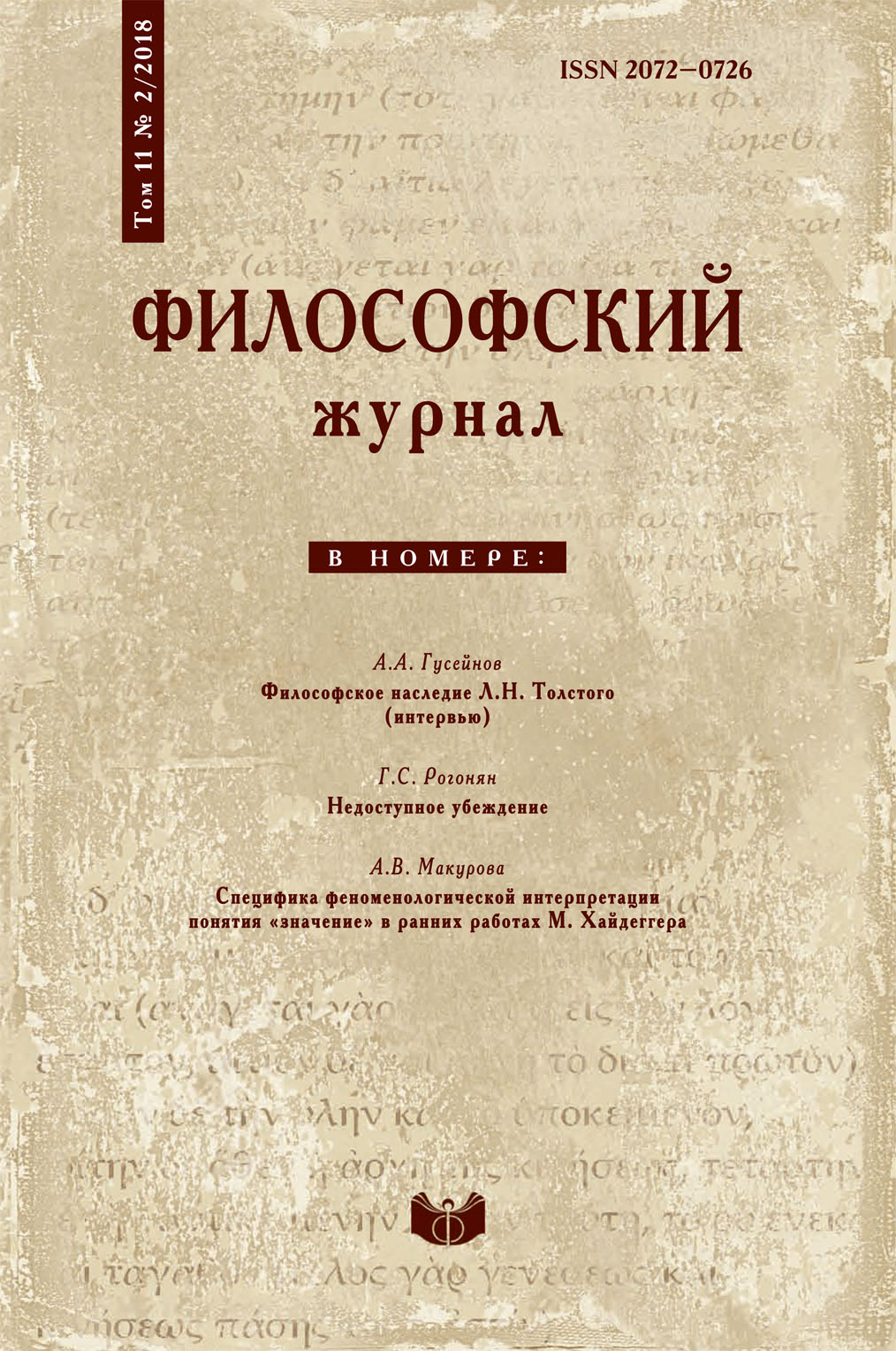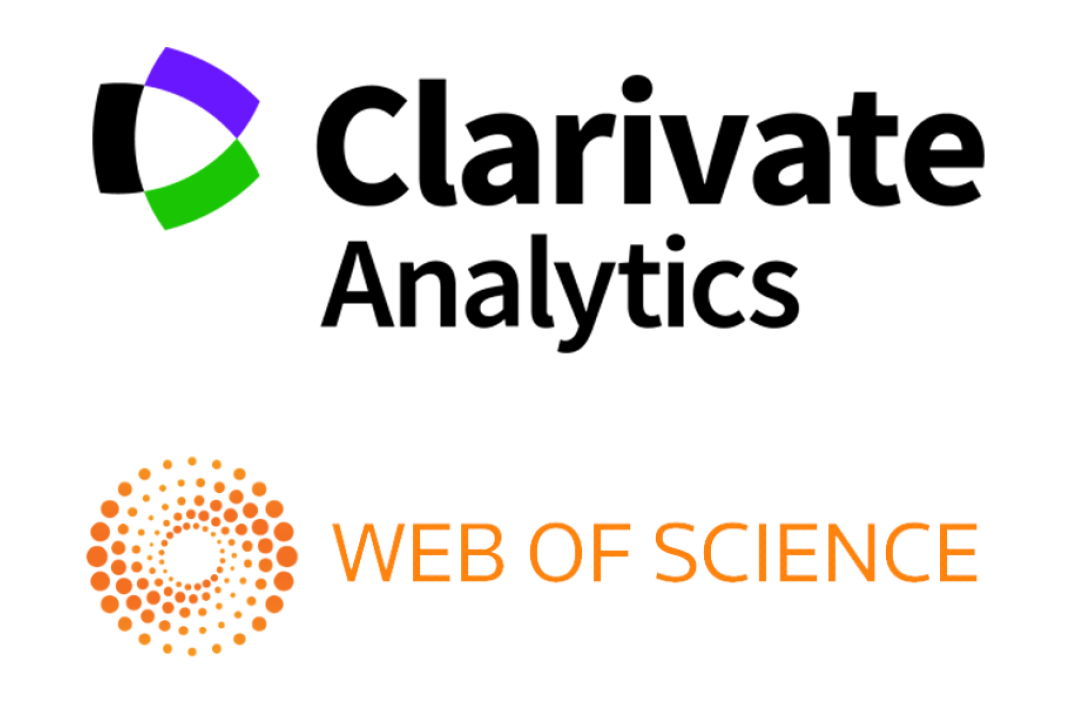Phenomenological interpretation of the term 'Meaning' in early Heidegger
DOI:
https://doi.org/10.21146/2072-0726-2018-11-2-58-71Keywords:
meaning, sense, phenomenology, phenomenological hermeneutics, Heidegger, Gadamer, philosophical hermeneuticsAbstract
This paper offers an analysis of Heidegger’s view of the notion of meaning, including a survey of his attempts to approach this problem which preceded the theory of meaning (Bedeutung) as elaborated in his early lecture courses. The problem of sense (Sinn) arises already in his dissertation of 1913 on the judgment in psychologism, and then undergoes a significant conceptual change in the late '10s / early '20s. At first Heidegger, in his critique of psychologism, reflects over the problem of meaning (Bedeutung) from the standpoint of pure logic, but already toward early 20s he significantly modifies his understanding of the phenomenological method, which also affects his approach to meaning. Starting with the idea of meaning as a logical form of judgment which expresses, for the speaker, the validity (Geltung) of a state of affairs, Heidegger then switches to a new understanding of meaning, namely, as a pre-verbal experience of interaction with objects that belong to particular life circumstances. While trying to consistently follow the phenomenological 'principle of presuppositionlessness', Heidegger comes to a conclusion that the authentic presuppositionlessness is only possible as an experience of everyday life. Facticity or factual life is exactly the mode in which one can achieve access to meaning. Thus an original interpretation of phenomenological method brings Heidegger to a new conception of meaning.






